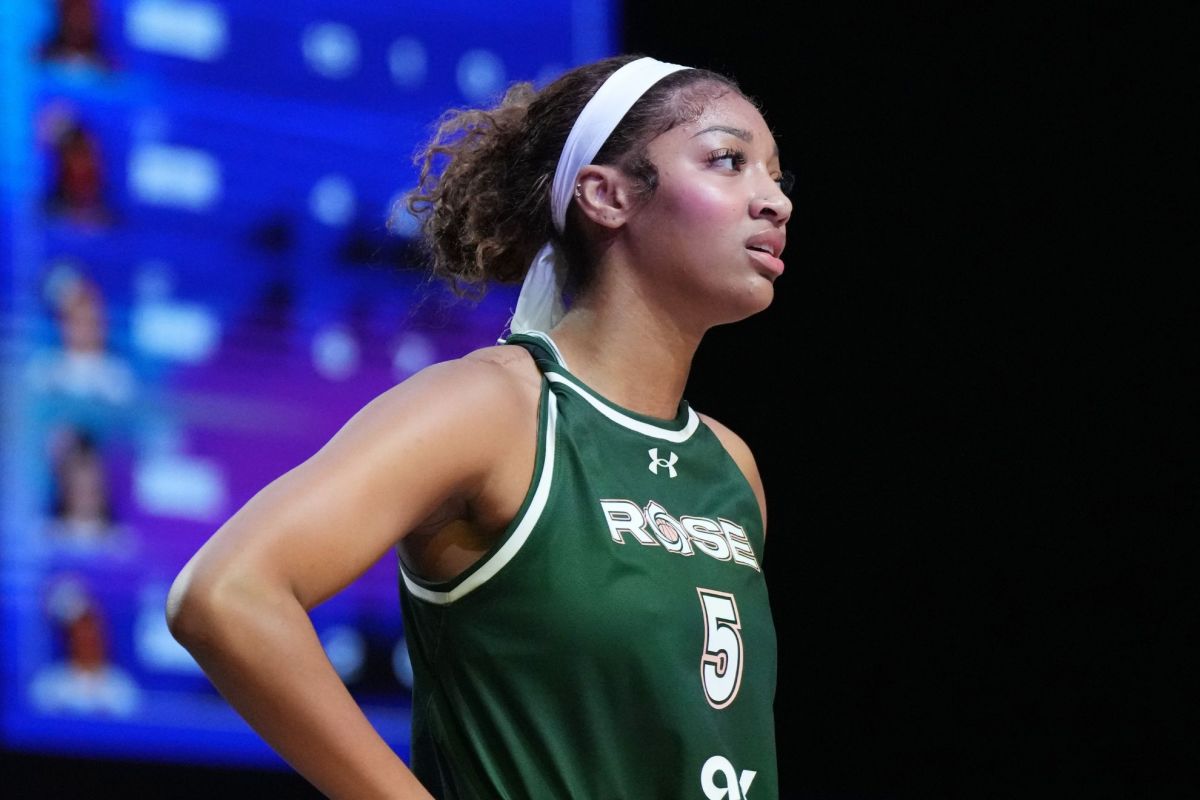In the world of professional basketball, raw stats often tell stories that eye tests miss—and in the WNBA this season, no story is louder than the rise of rookie Caitlin Clark. Despite sharing the spotlight with fellow high-profile newcomer Angel Reese, it’s Clark’s performance, particularly in shooting efficiency, that has stunned fans, analysts, and opponents alike.

A recently published ranking of true shooting percentages (TS%) across the league’s top 30 scorers revealed Caitlin Clark in a remarkable 6th place, boasting a TS% of 58.3%. This metric, which factors in field goals, three-pointers, and free throws, is widely regarded as the gold standard for evaluating scoring efficiency. And for a rookie, placing this high is virtually unheard of.
To put things into perspective, Clark’s efficiency sits among the elite—names like Jonquel Jones, Brittney Griner, and A’ja Wilson, all perennial All-Stars and MVP candidates. Clark is not merely holding her own; she’s outperforming many veterans, and doing so with the grace and confidence of a seasoned pro.
Contrast this with Chicago Sky rookie Angel Reese, who entered the league with comparable hype and expectations. Unfortunately for Reese, the numbers tell a very different story. She currently ranks 30th in the same TS% list, with a troubling 46.4%. For a player known for her physical dominance and interior presence, this inefficiency is raising red flags about her transition to the pro game.

While Clark dazzles with deep three-pointers, sharp decision-making, and poise under pressure, Reese has struggled even with high-percentage looks near the rim. Her effective field goal percentage (eFG%)—another key stat—sits at a low 39.5%, and her two-point shooting percentage of 40% is underwhelming for someone who operates primarily in the paint.
The disparity doesn’t end there. Clark is also second in the league in free throw shooting, hitting an astounding 90.9% from the stripe. That kind of reliability adds crucial points during tight games and reflects her composure in pressure situations. Meanwhile, Reese lags far behind, ranking 27th in free throw efficiency.
What makes Clark’s performance even more impressive is her versatility and impact under defensive pressure. As teams increasingly game-plan to shut her down, she’s developed a mature counterattack—mixing her deep-range threat with elite mid-range and inside scoring. In fact, she ranks fourth in the league in two-point field goal percentage, proving she’s more than just a three-point shooter.
And she’s doing it all while carrying a massive offensive load for the Indiana Fever. Unlike many efficient players who are role players with limited shot attempts, Clark is the offensive engine of her team. Yet, her efficiency remains sky-high, a testament to her basketball IQ, shot selection, and adaptability.
The early verdict? Caitlin Clark isn’t just living up to the hype—she’s redefining expectations for rookies in the WNBA. As for Angel Reese, the talent is undeniable, but the numbers indicate a steep learning curve ahead. For now, Clark’s precision and polish are placing her on a fast track to stardom.
